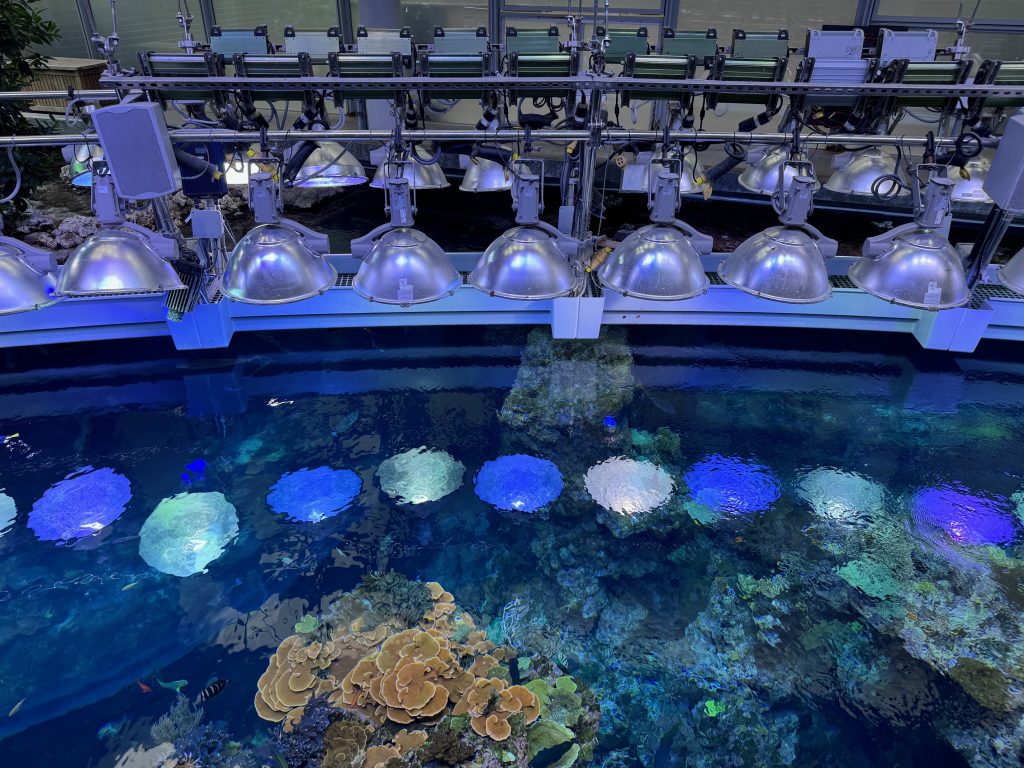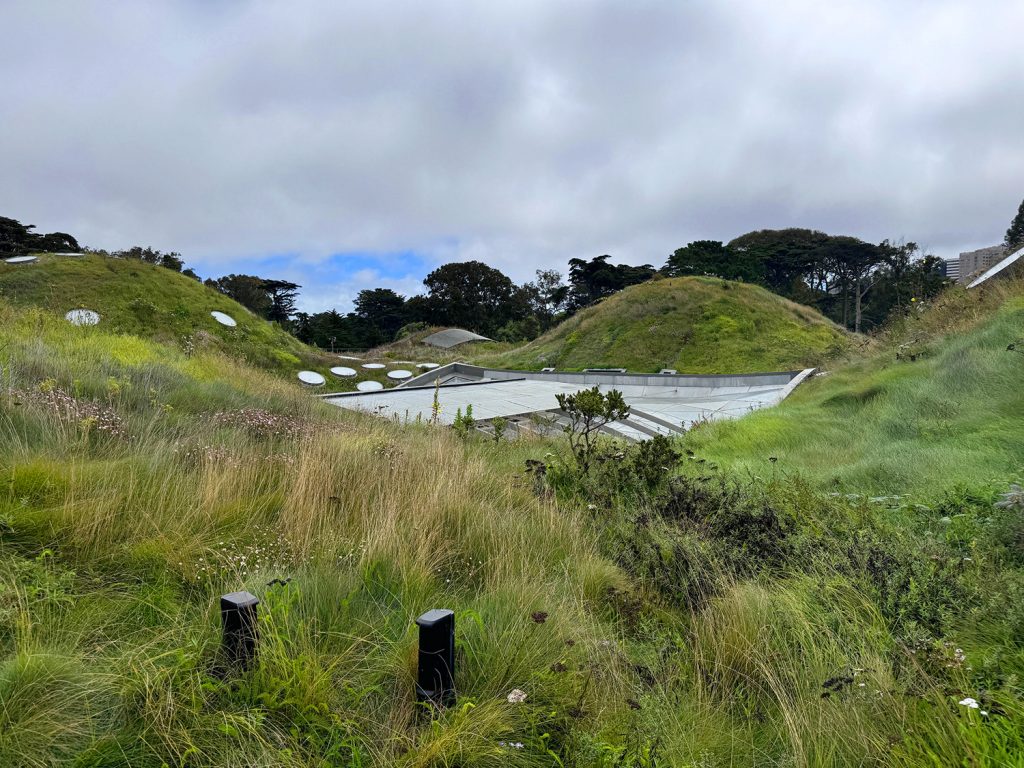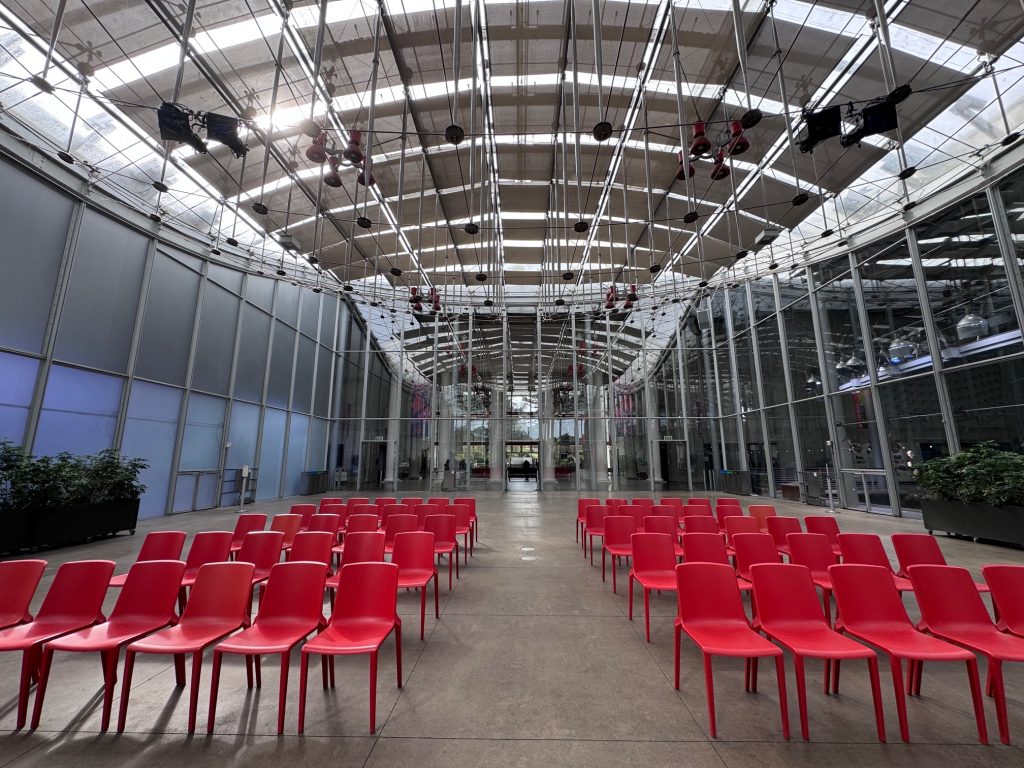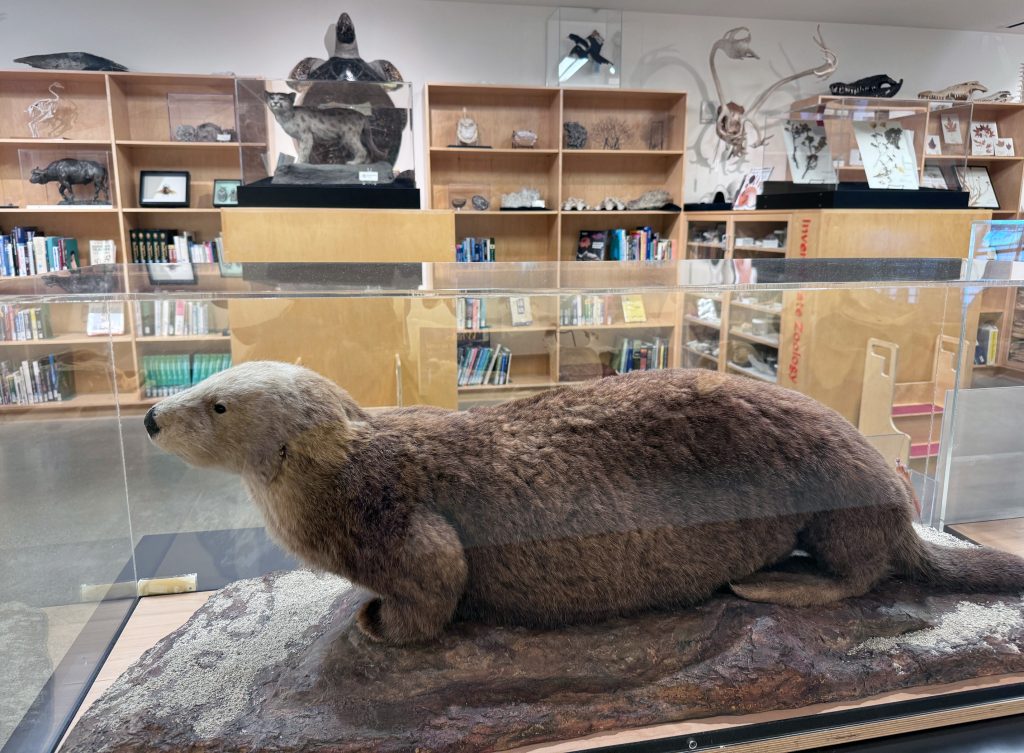Hyperlinked Museum x A Case Study of the California Academy of Sciences
Introduction
I spent this Summer in San Francisco for an archival internship. As a photographer, I try to explore and photograph my surroundings in an attempt to capture its beautiful landscapes and iconic landmarks. This time was a bit different for me as I made a conscious effort to talk with locals about the places most important to them to get ideas on where to go instead of just relying on online research. I had heard about the California Academy of Sciences but did not put it on my formal list of places to check out. Science museums are not usually on the top of my list since they are usually hands-on and/or geared more towards children and generally do not offer much in relation to things to photograph. While exploring the SS Jeremiah O’Brien Liberty Ship Museum, a volunteer asked if I had been to the Academy. She said that it was a must-see because it was famous around the world and even had a complete rainforest inside. The woman mentioned that she volunteers there too, so I joked that she must be biased. After chatting with her, I knew I had to check it out before I left. The following weekend, I went to the California Academy of Sciences and have not stopped thinking about it since. When pondering hyperlinked libraries, archives, and museums, the Academy tops the list.
California Academy of Sciences
The California Academy of Sciences became one of the first major scientific institutions in the west beginning in 1853. It has grown to contain more than 44 millions specimens and has survived the infamous 1906 San Francisco Earthquake as well as the 1989 Loma Prieta Earthquake. Its latest public museum space opened in San Francisco’s Golden Gate Park in September 2008 and is known for its Leadership in Energy and Environmental Design (LEED) certification.

A Museum for the Future
This new Academy Museum is made up of a Natural History Museum, Planetarium, Aquarium, and Rainforest all in one structure. Saskia Leferink’s article To keep people happy … keep some books immediately made me think of this museum space. “Although we live in a technology-driven, digital world, physical space remains core to the human experience” (Leferink, 2018). The previous museum space that was severely damaged in the 1989 earthquake gave them the opportunity to rethink and redesign a new space fit for the 21st century. The California Academy of Sciences had a clean slate to build a museum so impressive that it would make people want to connect and visit to learn in person. It perfectly aligns with Leferink’s ways that help bring libraries, archives, and museums into the hyperlinked future.
Nature & Outdoors
“Bring the outdoors in. Nature impacts people, and research shows that seeing or experiencing nature results in vastly improved concentration. That can be nice views of nature, nature in the building, or even images of nature. Because of nature, people can study better and are refreshed in the process.” (Leferink, 2o18)
This is the biggest draw at the Academy which brings nature indoors with its giant rainforest and underground aquarium. These impressive exhibits simulate real-world environments in the safety of a controlled setting where the weather and conditions are always perfect. There are plenty of places to sit and marvel at nature. More importantly, it is a learning environment with informative plaques that details plants, birds, butterflies, exotic fish, and coral life in addition to employees and volunteers available to answer questions. Renzo Piano, architect of this space, designed a Living Roof made up of 2.5 acres of living plants, flowers, insects, and birds with the intent of making a completely green building that recycles 100% of its water.


Many Spaces
“Offer a range of spaces. The way a physical space meets the needs of individuals in specific user groups is key. Some space should be designed for social interaction to support group meetings and brainstorming. Some space needs to be designed for people who like to work in silence. Be careful not to ignore the needs of user groups or to place conflicting functions side by side.” (Leferink, 2018)
I was equally impressed with the variety of spaces to explore offered to the community. Upon entering the museum, is a room called the Piazza which lets natural light stream indoors and serves as a performance and event space. Two exhibits, Color of Life & California: State of Nature, are out in the open in the east and west wings of the building inviting people to browse their contents without going having to go into specific rooms. The museum of course has many exhibits that are enclosed such as the African Hall and Gems and Minerals Unearthed as well for a more intimate museum experience. The 75-foot Planetarium offers visitors a chance to watch a panoramic educational film. Wander Woods is an outdoor children’s playground built for exploration. These are just a few of the many different spaces available for discovery.


User Engagement
“Involve end users in the design. By involving people from your community in the design process, you can respond better to their diverse needs and wishes. Participation in the design process can also increase the involvement of end users at the library; the library transitions from a library to their library.” (Leferink, 2018)
The Academy’s newest exhibit, California: State of Nature, is a celebration of California by connecting nature to its residents and visitors. This space helps unite the community by showing them the incredible diversity surrounding them. It helps them understand and appreciate their own home making them better members of the community through education and learning.
Books
“Environmental psychology confirms that physical books give us comfort as well as knowledge” (Leferink, 2018). The Academy also remembers the importance of physical books vital to any information institution. The third floor Naturalist exhibit displays a variety of rotating collection items that can be seen, explored, and touched. This collection of curiosities is also surrounded by physical books and places to sit, read, and learn. A children’s library with many comfy places to read also sets up younger visitors up for lifelong learning.
Reflection
As Stephens states, technology is not located in a bubble but is everywhere and it must be used to evolve a library, archive, or museum (2022). Studying the museum at the California Academy of Sciences allows us to understand this idea. Technology and progress allowed them to design a space full of life, a space where technology and humanity coexist in harmony together. Interactive experiences immerse the patron into real and simulated environments for the spread of knowledge and information. As I continue my information journey, it is important to recognize the importance of nature and the outdoors and strive to bring them inside when possible, try to be green and energy efficient in a world where resources are becoming less available, have a range of spaces that caters to a variety of users, and involve users and find ways to connect them to their community. Connecting to the community means talking to them and learning from them just as I learned about this amazing museum by talking with those around me. (And books, never get rid of all of the books!)
References
California Academy of Sciences. (n.d.). Living Roof. https://www.calacademy.org/exhibits/living-roof
Leferink, S. (2018, January 24). To keep people happy … keep some books. OCLC. https://blog.oclc.org/next/to-keep-people-happy-keep-some-books/
Stephens, M. (2022). Hyperlinked library master lectures 2022: The hyperlinked library participatory service & transparency [Course presentation]. School of Information, San Jose State University. https://sjsu-ischool.hosted.panopto.com/Panopto/Pages/Viewer.aspx?id=2a19a4b6-e945-4d2e-abf1-aef3014172a5
One Comment
Jemielyn Llaguno
Hi Kyle!
Thanks for sharing your experience at the California Academy of Sciences! I love how you mentioned the importance of engaging with locals to uncover hidden gems. I think it is one of the best ways to truly explore and connect with a place. As well, the connection betwen the museum;s design and nature shows just how space can change the experience. It highlights how the its made to help enhance learning and community interaction by really working building those conections. Thank you for sharing these insights as well through the lens of a photographer and an information professional, it brought a new perspective.